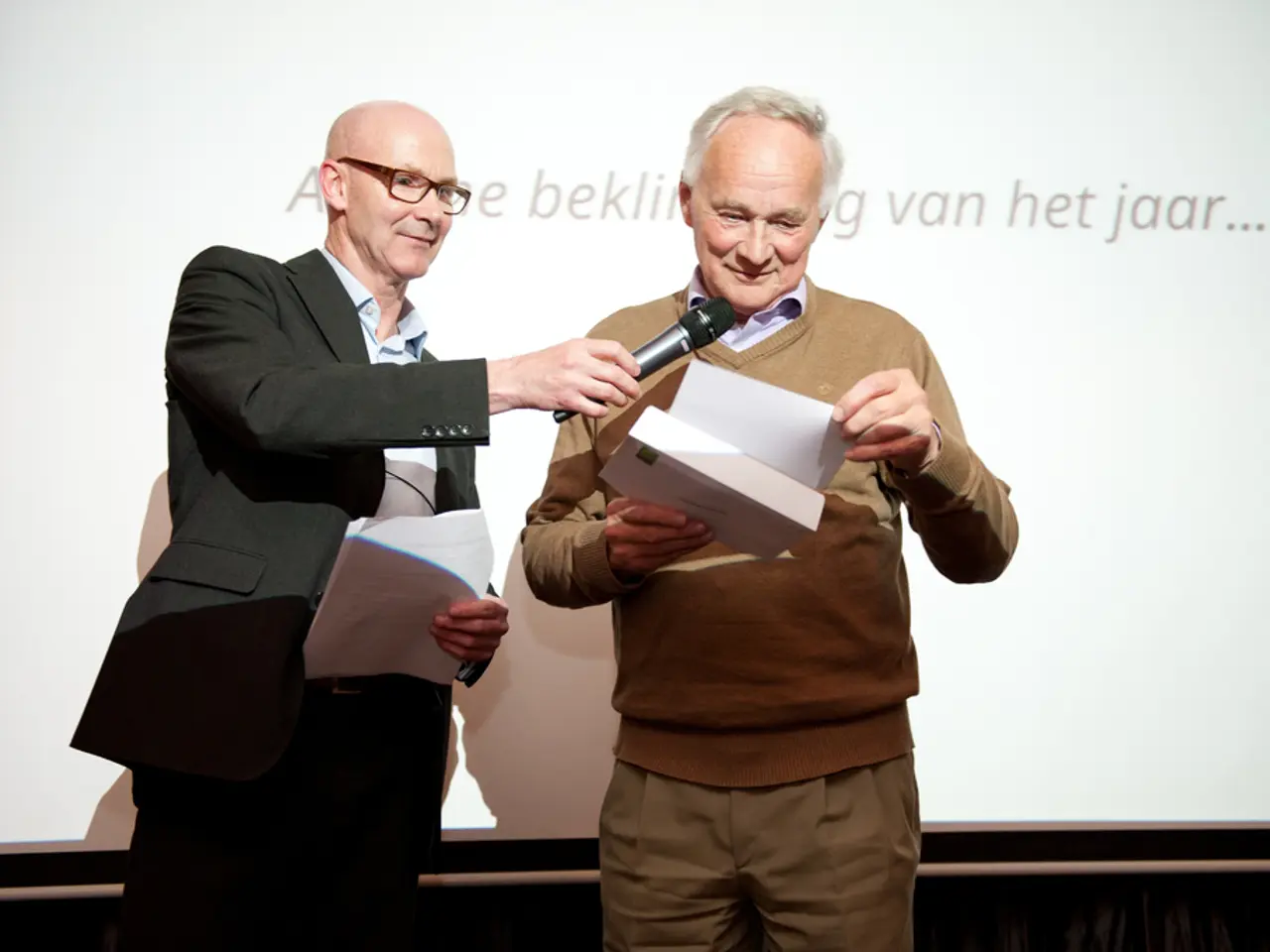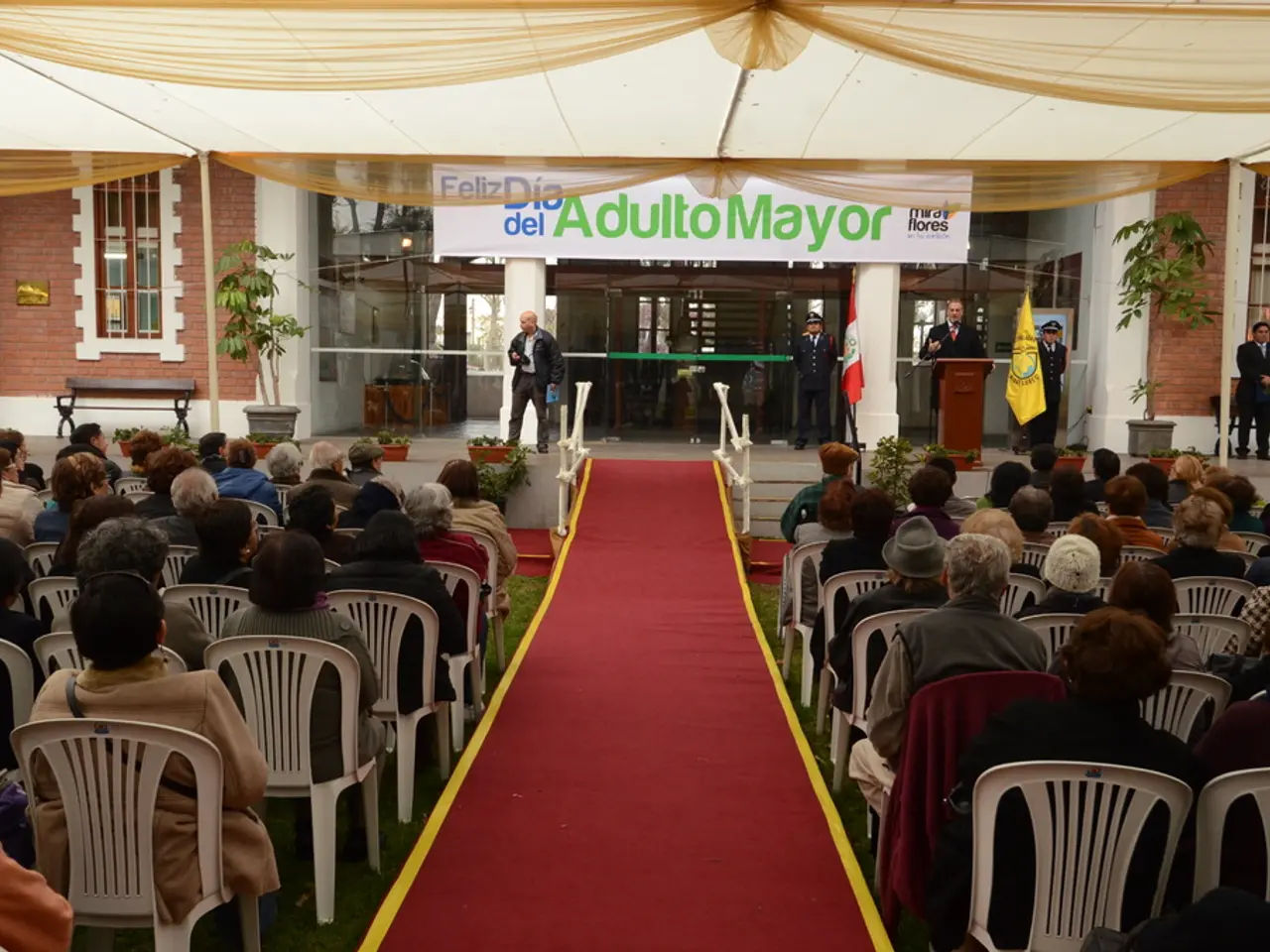Dispute arises between city and county over jurisdiction of Bremer Street
In the picturesque communities of Leversen-Sieversen and Ehestorf-Alvesen, representatives from various political factions have united in protest against a planned two-year construction phase in the Bremer Street area. The construction, set to impact parts of Cuxhavener Street and the Marmstorf highway exit, has raised concerns about the potential impact on local traffic and the villages in the Rosengarten community.
Dr. Anjes Tjarks, the responsible senator, acknowledges that detour traffic on Cuxhavener Street will only be in the city-bound direction during the construction phase. However, honorary mayors Andreas Schubert and Mathias Bonow express doubt that the street network in Harburg can handle the redirected traffic during a longer closure of Bremer Street.
Rainer Bliefernicht, the CDU faction leader in Harburg, suggests postponing the renovation of Bremer Street until the construction work on the A7 is completed and the A26 is finished. This stance is shared by the Harburg CDU, who are not satisfied with the current redesign plans and wish to delay the project.
Christian Horend, the business manager of the CDU county faction in the Harburg district, questions the senator's understanding of the reality of the traffic situation in southern Hamburg. An inquiry by André Trepoll, a member of parliament, has revealed that the Senate expects a significant shift in traffic to Winsener Street and B73 due to the redesign of Bremer Street.
The navigation systems are already directing traffic through the villages in the Rosengarten community when the main routes are closed, causing congestion and potential safety issues. Local authorities are considering various solutions to address these concerns.
Potential solutions include implementing intelligent traffic systems to optimize traffic signal timing, improving public transport options, identifying and creating alternative routes, enhancing pedestrian paths and bike lanes, and adjusting zoning laws to limit parking spaces or encourage mixed-use development.
As the construction phase approaches, local authorities and residents alike are eager for a comprehensive plan to manage the anticipated traffic congestion and ensure the safety and well-being of all road users. The united front formed by the political representatives of the affected communities serves as a testament to the shared concern and the need for a collaborative approach to this challenge.
Other policy-and-legislation discussions are likely to ensue as the construction of Bremer Street progresses, given the concerns raised by political representatives about traffic management and safety in the general news. The united front formed by representatives from various political factions in Leversen-Sieversen, Ehestorf-Alvesen, and other affected communities signal a need for policy changes in the policy-and-legislation surrounding the project.







